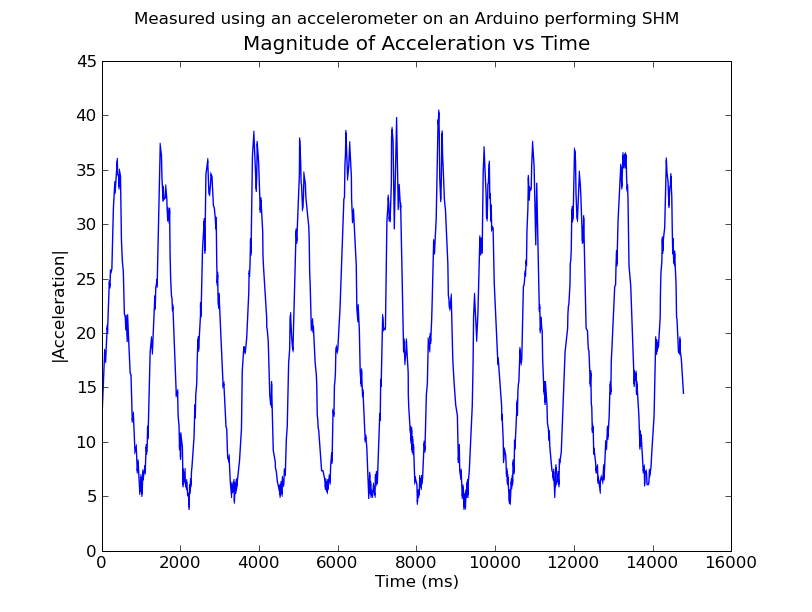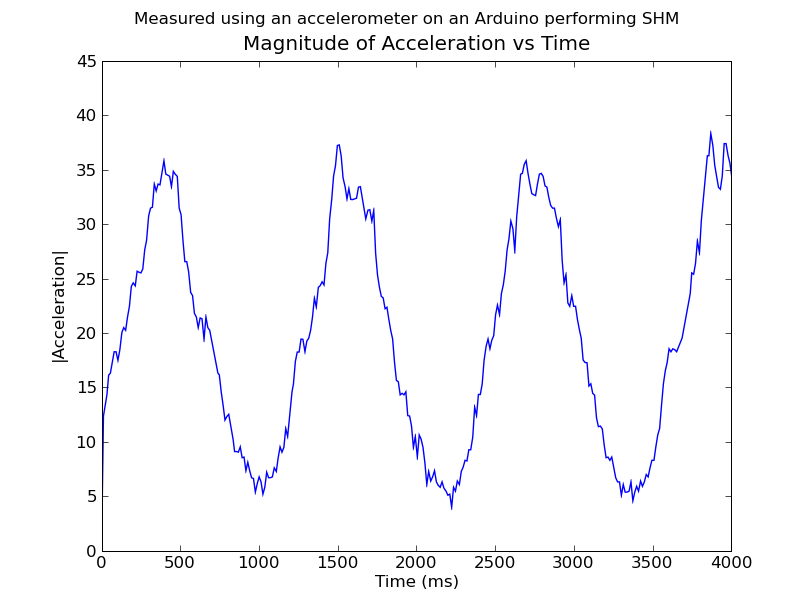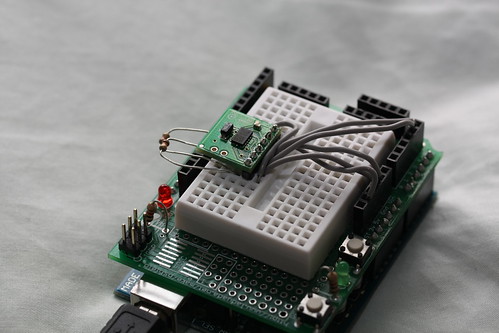
It's been a while since I've posted anything, so I'll drop a quick update. Hopefully by the end of the coming week I'll have finished on my current great big time-consuming project and will be able to write that up.
I've been playing with a few things besides that project, though. The first is stress testing my small and somewhat dodgy NIXIE PSU, which amazingly has managed to drive eight tubes:

I plan to finish off designing a somewhat more powerful power supply so I don't worry about it exploding in my face every time I try using it. A better way to control it than a plain RTC would be nice too - I'm thinking of using a GPS module.
(p.s. yea, I accidentally set the 8 on instead of the 9 and didn't realise -- oops!)
The other thing I've recently been playing with is an accelerometer I got for Christmas. It's the LIS302DL from Sparkfun, a super cheap 3-axis accelerometer that can output on SPI or I²C, has interrupts for freefall and things like the user tapping it or double tapping it, and adjustable sensitivity - 2g or 8g. All that for $20 on a breakout board is pretty incredible!
I hooked it up to an Arduino and after some messing around, was able to
get it to read the acceleration data from the sensor over I²C, and then
send it to the PC with a timestamp over serial (itself over USB). Then I
whipped up a quick Python script to plot the data and decided I'd test
something that's now been thoroughly battered into me: in simple
harmonic motion, the acceleration on a particle is proportional to its
displacement, which can be shown to mean it is a sine wave. I figured
that's as good a way as any to test the sensor, and so I took the
Arduino and swung it as a pendulum from its USB cable.
I then had Python generate the magnitude of the acceleration - the
single value showing the resultant acceleration on all three axis. This
was plotted against the millisecond value from the arduino and hey
presto - a (nearly) perfect sine wave!


Not bad! The accelerometer itself:

(p.s. be sure to view the full sized image for tons of lovely macro sharpness)
For bonus points: Given that the Arduino was on the Earth's surface, and that the millisecond data is accurate, how long was the USB cable the Arduino was swinging from?